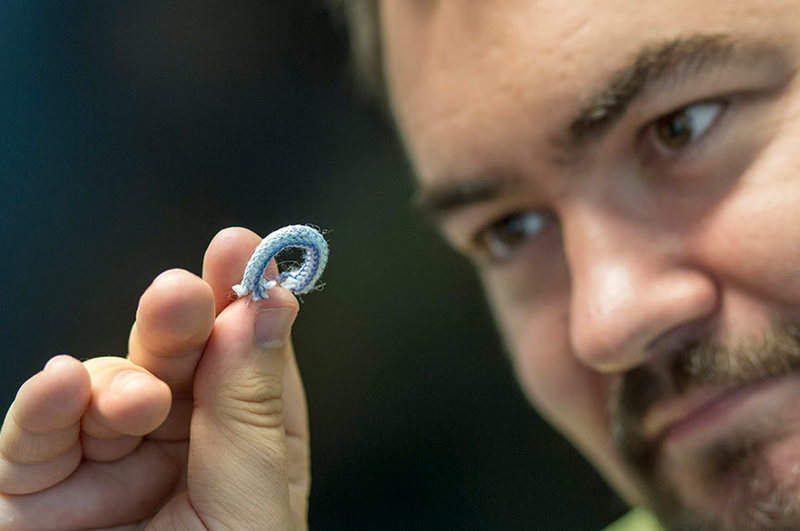
A team of researchers at Nottingham Trent University in the UK are developing smart helmets to help prevent soldiers from incurring hearing injuries.
As part of the Advanced Textiles Research Group (ATRG) of the School of Art & Design-led project, tiny microphones are being knitted into the fabric covering army helmets to record the noise soldiers experience in the field.
The ATRG’s e-yarn technology platform will be used to embed the microelectromechanical system microphones (MEMS), keeping them dry and allow the helmet covers to be washed.
According to the university, the microphones knitted into the fabric will be undetectable to the user and avoid interfering with military activities.
The MEMS are capable of measuring the level of noise that soldiers are exposed to in the field over a length of time.
Nottingham Trent University professor Tilak Dias said: “This innovation will dramatically reduce the risk of service personnel injured due to long-term noise exposure.
How well do you really know your competitors?
Access the most comprehensive Company Profiles on the market, powered by GlobalData. Save hours of research. Gain competitive edge.

Thank you!
Your download email will arrive shortly
Not ready to buy yet? Download a free sample
We are confident about the unique quality of our Company Profiles. However, we want you to make the most beneficial decision for your business, so we offer a free sample that you can download by submitting the below form
By GlobalData“By integrating a low-cost and discrete dosemeter directly into a textile, such as a helmet cover, the noise exposure of personnel will be monitored and stored, providing the data necessary to take preventative action in the future.”
The MEMS will be positioned above each ear as an acoustic injury is more likely to be asymmetric due to some military activities, meaning one ear might be affected more than the other.
According to the researchers, a short exposure to sound levels exceeding 140dB can cause permanent hearing damage, with a single gunshot capable of producing a sound ranging from 140dB to 170dB.







